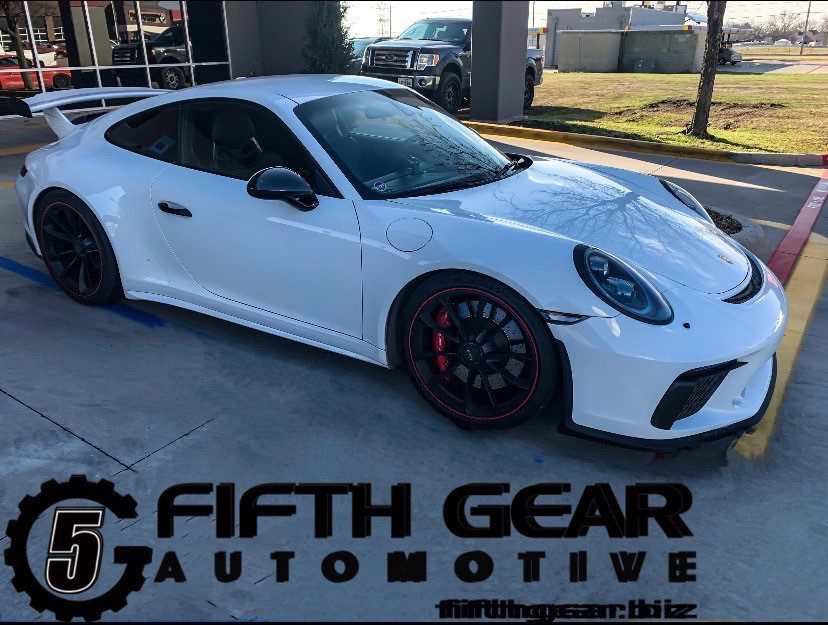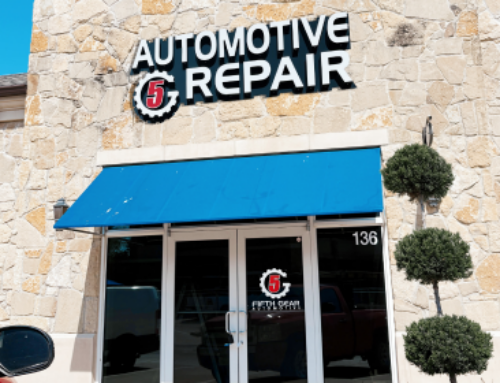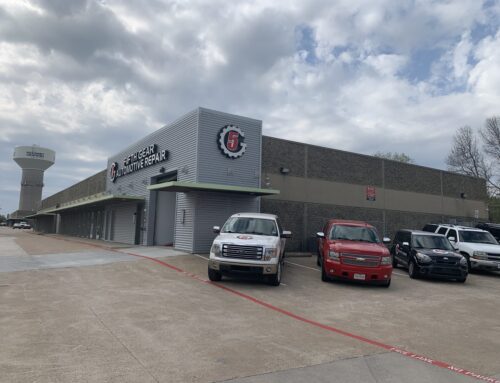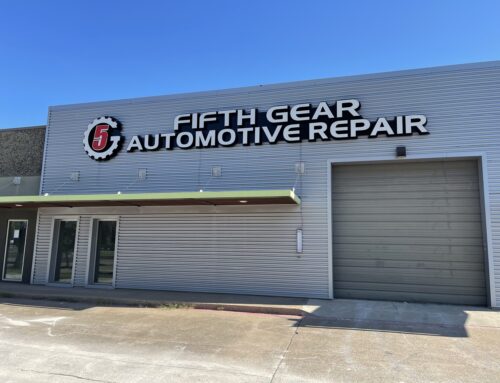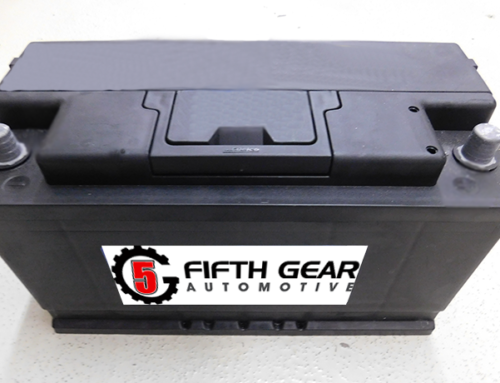It’s cheaper to love the vehicle you’re already with, experts say
The most affordable car in Dallas-Fort Worth for would-be buyers is probably the one that’s already in their driveway.

New vehicle availability is still sparse and prices are increasing regardless of the vehicle’s condition. An iSeeCars study of nearly 2 million used car sales in the Dallas-area reveals that prices increased an average of 27% compared with February 2021 — about a $6,900 jump.
The increase in Dallas is below the 35% jump nationwide, according to the study.
The used cars with the highest price increases in Dallas-Fort Worth were the Hyundai Sonata, Infiniti QX50, Kia Forte, Kia Soul and Volvo XC60, all of which were around 50% higher than they were in February 2021.
The continued shortage of computer chips for new vehicles is pushing consumers into the used car market. Since there are fewer new vehicles to choose from, shoppers may find a better selection of colors and trims in the used car market.
Higher gas prices are also pushing up the costs of electric and hybrid vehicles. Demand for alternatives to fossil-fuel burning cars has driven the price of used hybrids up 47% and used EVs up 43% nationwide. Gas prices in Texas are 70 cents per gallon higher than a month ago on average, according to the latest data from AAA.
Automotive experts have cautioned that electric vehicles today cost more than gas-powered models, so going electric won’t present an overall cost advantage for a few more years.
iSeeCars analyst Karl Brauer says he advises would-be car buyers looking for the best bang for their buck to consider investing in the vehicle they have rather than purchasing a new one. The high demand means that shoppers have lost leverage in negotiating with dealers today.
Upgrade your current vehicle’s engine, suspension or other parts you may have been neglecting to get maintenance on. Odds are it will be a better value in the end than the car you see on a lot, he said.
“The choices are already limited, especially on new cars,” Brauer said. “And it’s probably going to still get worse before it gets better.”
If the supply issues in the automotive market were solved tomorrow, Brauer said, we could see prices potentially decrease six to 12 months from now.
But the ongoing Russian invasion of Ukraine is also expected to increase vehicle prices further in the months to come. Russia is a major supplier of metals including nickel, palladium, and aluminum that are needed to produce cars. And U.S. chip manufacturing companies could take years to fire up newly announced domestic plants that they’ve said will help meet consumer demand.
By DOM DIFURIO
Staff Writer
[email protected]
Twitter: @DomDiFurio

